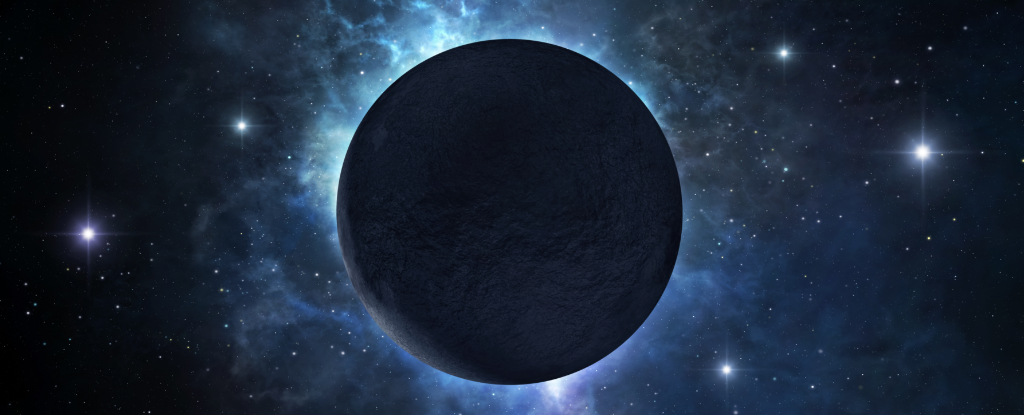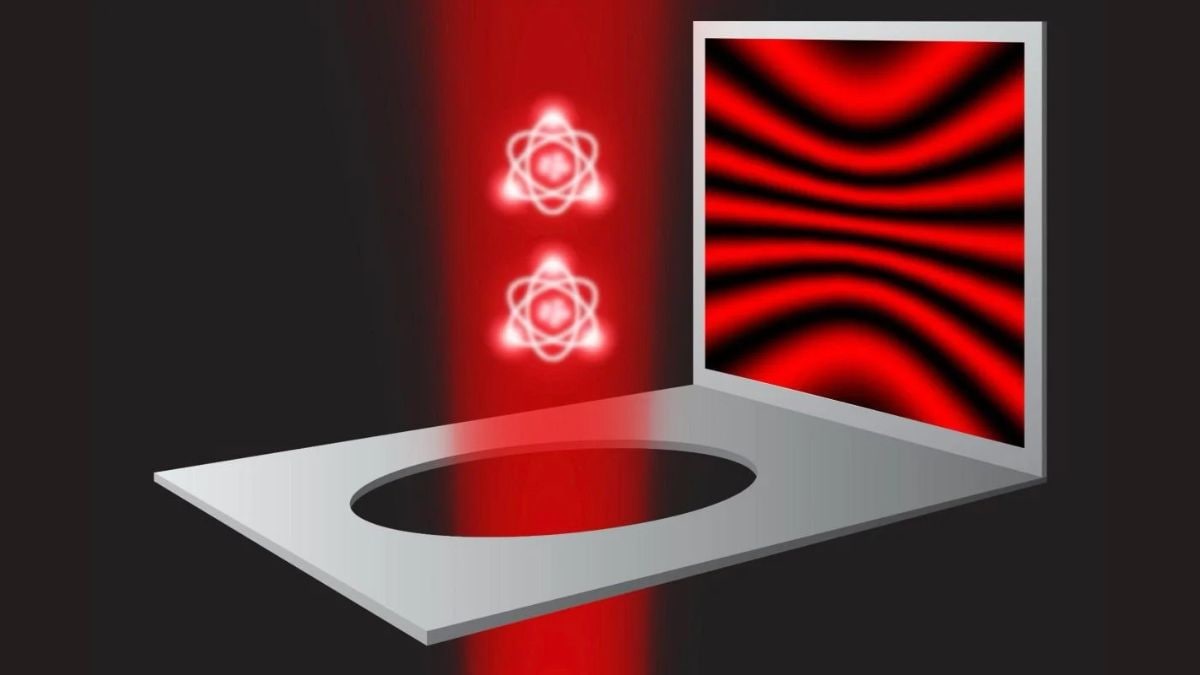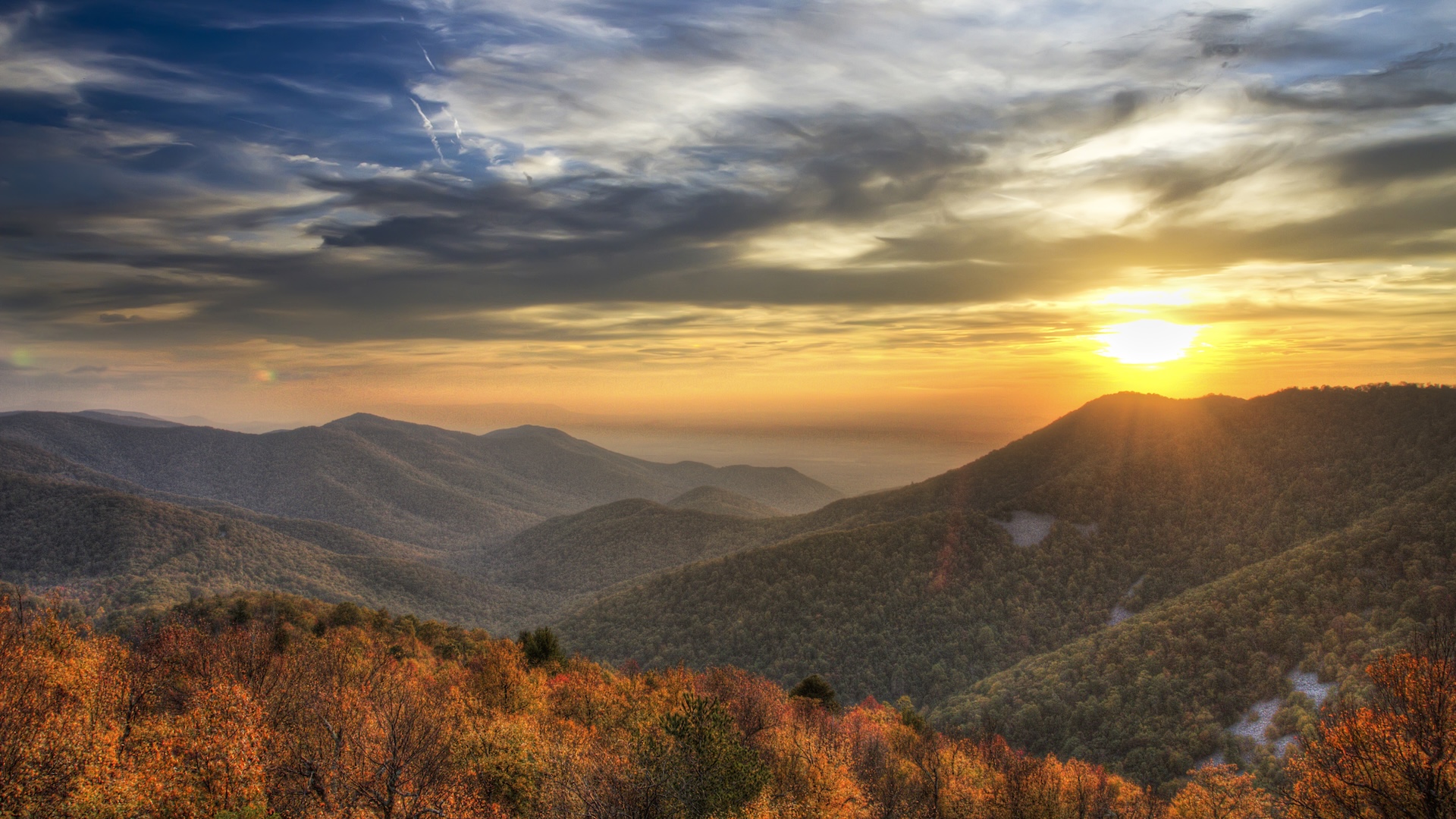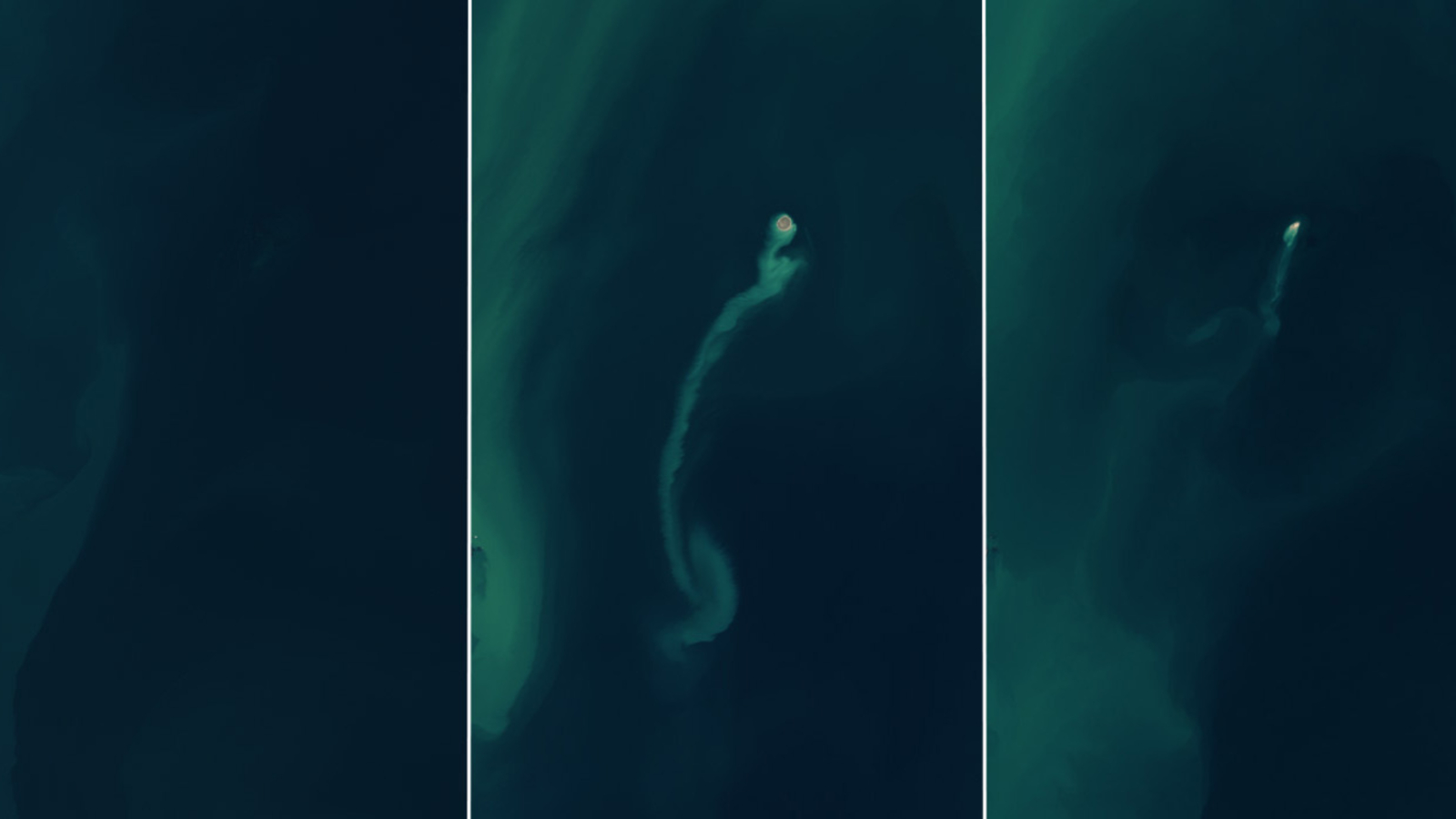Scientists Uncover Shocking Truth Beneath Mars' Surface: 80% Pure Water Ice Found!

What if I told you that beneath the dusty red surface of Mars lies a treasure trove of ice, possibly more than we ever imagined? Recent research has revealed that the glaciers on Mars contain a staggering 80% pure water ice, reshaping our understanding of the planet and its potential to support future human exploration.
For years, Mars has captivated scientists and dreamers alike with its alluring possibility of harboring life. It's not just the planet's striking red landscape that has drawn attention; it's also the enigma shrouding its icy secrets hidden beneath layers of dust and rock. Until now, many believed that these glaciers were primarily rocky formations with a mere sprinkle of ice. However, cutting-edge radar technology is flipping the script on our Martian knowledge.
The research, utilizing the SHAllow RADar (SHARAD) instrument aboard NASA’s Mars Reconnaissance Orbiter, has unveiled an exciting new reality. According to a groundbreaking study published in the journal Science Direct, these glaciers, predominantly found on Martian mountain slopes, are composed of more than just a fraction of ice. They are primarily made up of clean, pure water ice—much more than the previously assumed 30% ice content.
“We found a surprising consistency in the purity of these glaciers,” expressed Oded Aharonson, a leading planetary science professor at the Weizmann Institute of Science in Israel, during an interview with Space.com. “All the sites we looked at can be described as relatively pure ice deposits, maybe 80% or more ice, under a rock or dust cover. They could be a resource in the future if humanity tried to access them.”
This revelation opens up a fascinating dialogue about the potential resources Mars may offer to humankind. Imagine a future where astronauts can tap into these icy reserves for water—an essential resource for life support and even fuel production during manned missions to the Red Planet.
The study also sheds light on how this ice may have formed, suggesting that it likely originated from atmospheric precipitation, primarily snowfall, or through direct condensation on the Martian surface. Aharonson noted, “It doesn't seem like it would have formed through pore ice formation... If the ice in these glaciers had grown that way, we'd expect much higher levels of impurities, and that's not what we see.”
Another critical finding from the study is the uniformity of the glaciers' composition. This consistency hints that Mars might have experienced a singular planet-wide glaciation event—or perhaps several under similar conditions—providing vital clues about the planet’s climatic and atmospheric history. As we unravel the mysteries of our neighboring planet, these discoveries not only fuel our curiosity but also ignite the dream of potential colonization.




























